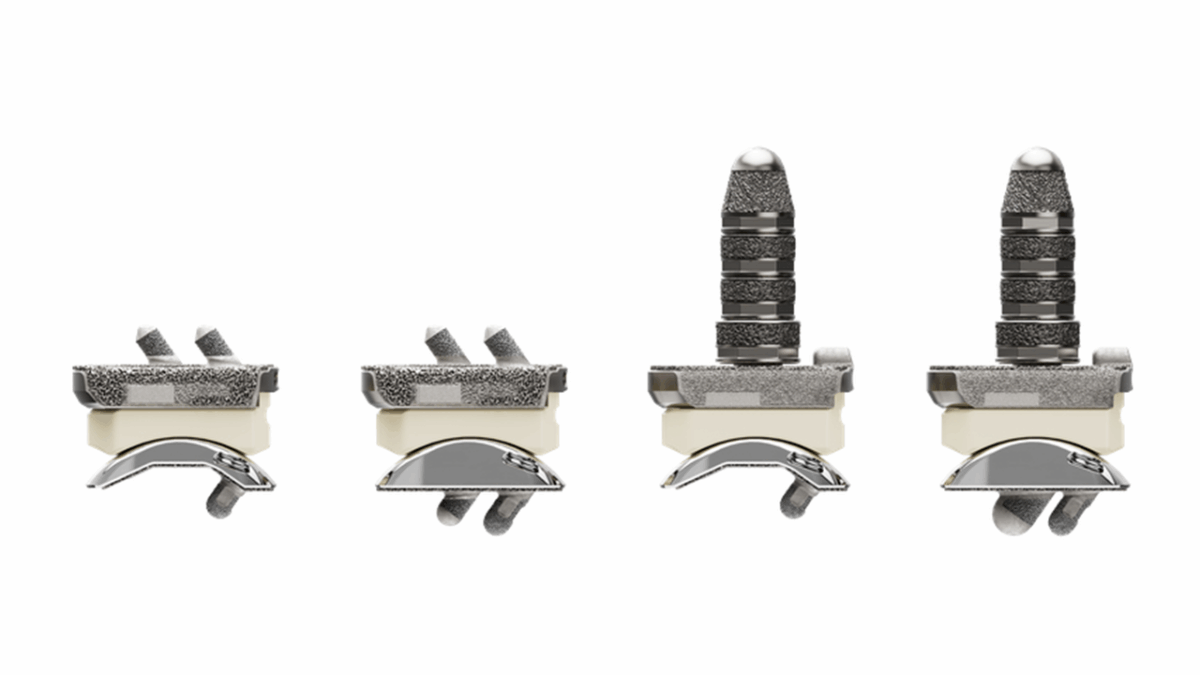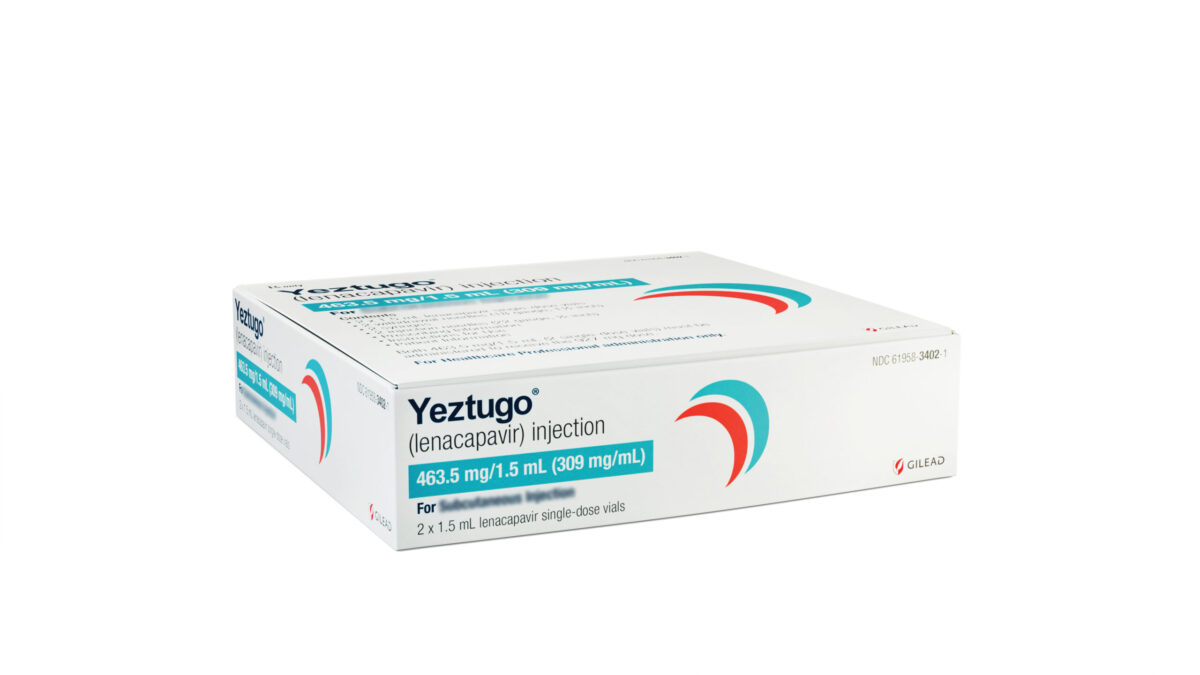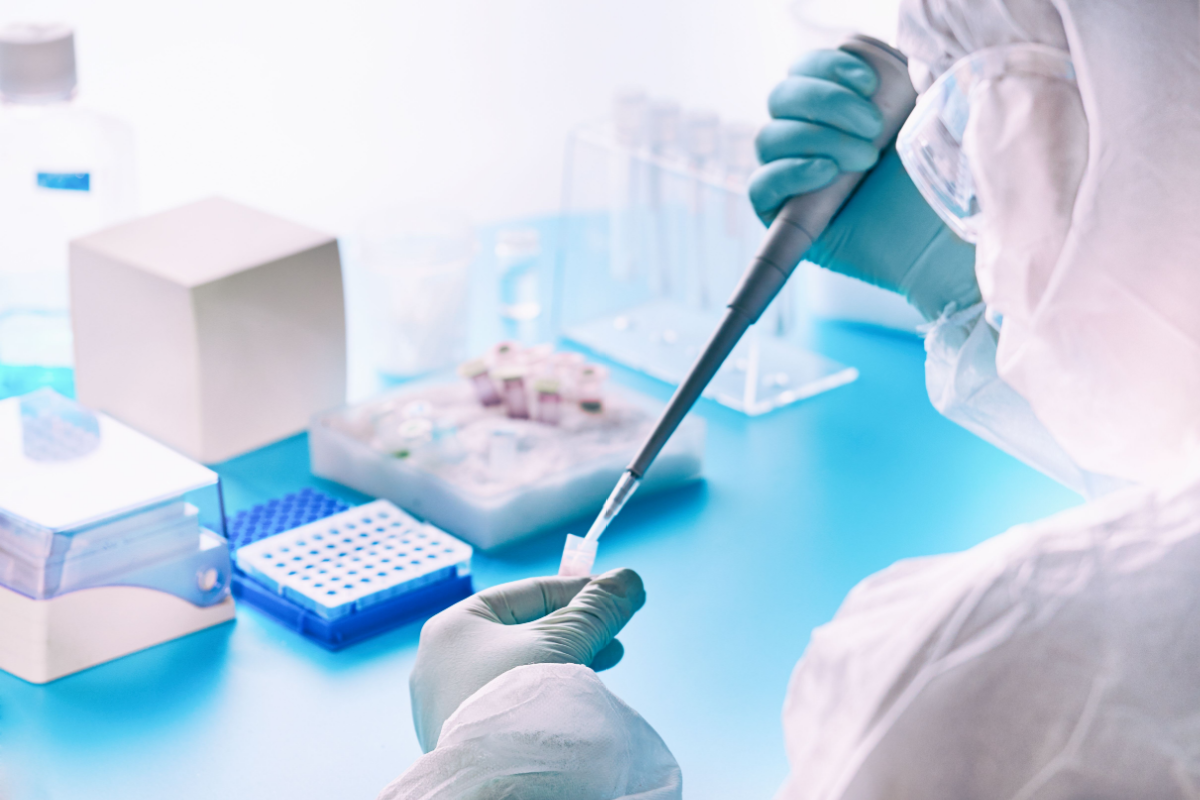Scientists at the Rosalind Franklin Institute in the UK have used antibodies from llamas to design drugs for the treatment of COVID-19. The immune therapy would specifically target the SARS-CoV-2 virus to prevent it from infecting cells.
Clinical testing of the llama-based antibody cocktail could begin in humans later this year.
Animals such as llamas, alpacas and camels produce small single-domain antibodies called ‘nanobodies,’ which are about a quarter of the size of a typical human antibody. These nanobodies are ideal for using as templates to engineer antibody drugs because of their small size and simple structure compared to human antibodies.
In addition, nanobodies are fairly stable, making it easy to store them for long periods of time after production. They can also be delivered directly to the lungs using an inhaler, making them especially promising for treating respiratory infections such as COVID-19.
The UK researchers developed two different nanobodies derived from a llama named ‘Fifi’ which were shown to be effective in neutralizing the novel SARS-CoV-2 coronavirus that causes COVID-19. Just a simple drop of blood from the animal was required for obtaining the antibodies that were used as templates in the design of the engineered nanobodies. Results from this research were recently published in a paper in the journal Nature Structural and Molecular Biology.
Related: Regeneron’s Antibody Cocktail for COVID-19 Enters Phase III Testing
The COVID-19 nanobodies were designed using a ‘lock and key’ strategy where they were cut like a key that fits the coronavirus lock, explained Professor James Naismith, director of the Rosalind Franklin Institute and lead researcher on the study.
“With the llama’s antibodies, we have keys that don’t quite fit – they’ll go into the lock but won’t turn all the way round,” he said. “So, we take that key and use molecular biology to polish bits of it, until we’ve cut a key that fits.”
“Then if you get re-infected…your body looks for any [virus particles] with antibodies stuck around them and destroys them,” said Professor Naismith.
The high transmissibility and infectivity of the novel SARS-CoV-2 strain of coronavirus owes to the high binding affinity of the virus’ outer envelope spike protein — located in the receptor binding domain (RBD) of the virus — for human angiotensin-converting enzyme 2 (ACE2), which is expressed on human cells where it serves as a receptor for the protein. This binding interaction promotes the uptake of the virus by host cells, leading to infection.
In the study, the scientists generated two related nanobodies, H11-D4 and H11-H4, using a naive llama single-domain antibody library and PCR-based methods. They demonstrated that both nanobodies bind to three spike protein RBDs when the proteins are in trimer formation. This blocks SARS-CoV-2’s interaction with ACE2.
The paper reported that “crystal structures of each nanobody-RBD complex revealed how both nanobodies recognize the same epitope, which partly overlaps with the ACE2 binding surface, explaining the blocking of the RBD-ACE2 interaction.” Functionally, both nanobodies showed neutralizing activity against SARS-CoV-2.
The authors say that the nanobodies can be “deployed to produce a highly neutralizing agent against an emerging viral threat in real time,” to provide “passive immunization of severely ill COVID-19 patients.”
“Essentially, we’re doing in the lab what all immune systems do in the body,” explained Professor Naismith. “And we can do this very quickly, so if the virus changes suddenly, or we get a new virus, we can engineer new nanobodies in the lab.”
Convalescent vs. Designed Antibodies
Convalescent plasma therapy, where antibody-rich blood from recovered individuals is administered to patients, has shown some promise in treating COVID-19 patients in clinical trials. However, optimal antibody concentrations and antibody instability are factors that could limit the effectiveness of direct human-to-human plasma treatment.
Therefore, engineering antibody therapies that target the novel coronavirus, such as llama-derived nanobodies, has the advantage of being both tailor-made and producible on demand in required amounts.
Pertaining to this, in a press release from Rosalind Franklin Institute, Naismith commented, “These nanobodies have the potential to be used in a similar way to convalescent serum, effectively stopping progression of the virus in patients who are ill. We were able to combine one of the nanobodies with a human antibody and show the combination was even more powerful than either alone. Combinations are particularly useful since the virus has to change multiple things at the same time to escape; this is very hard for the virus to do. The nanobodies also have potential as a powerful diagnostic.”












Join or login to leave a comment
JOIN LOGIN